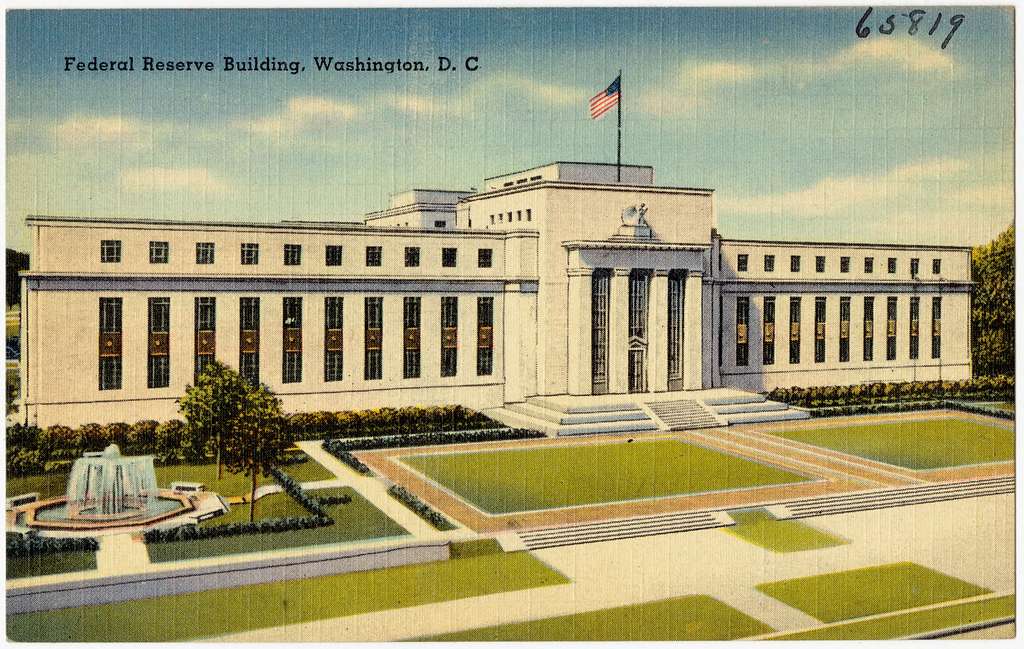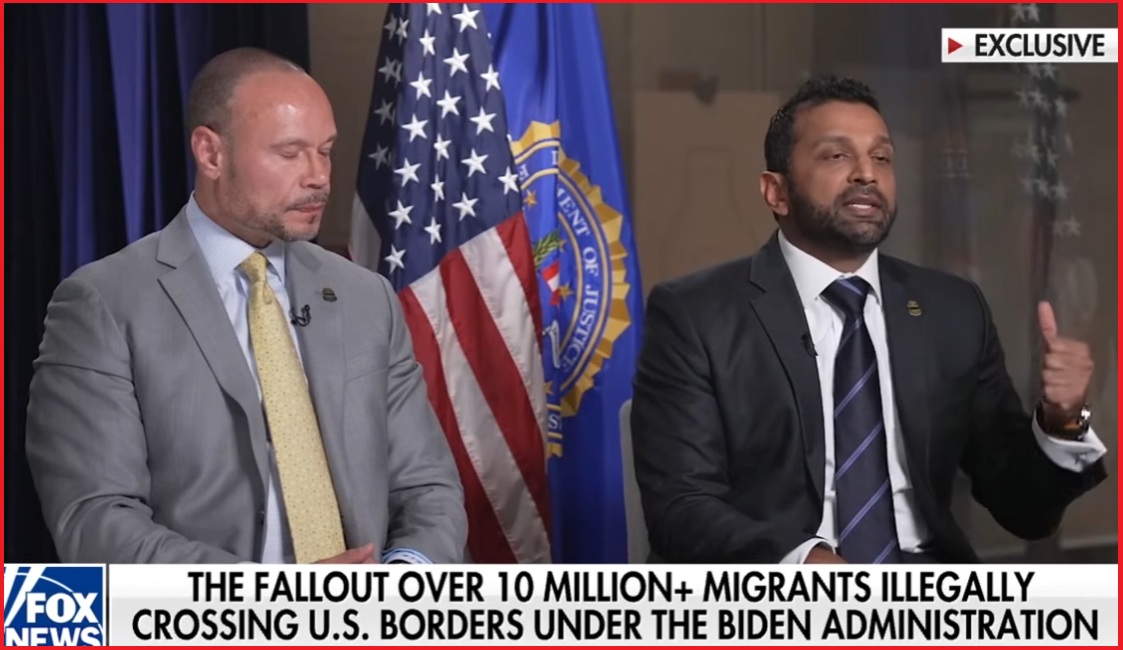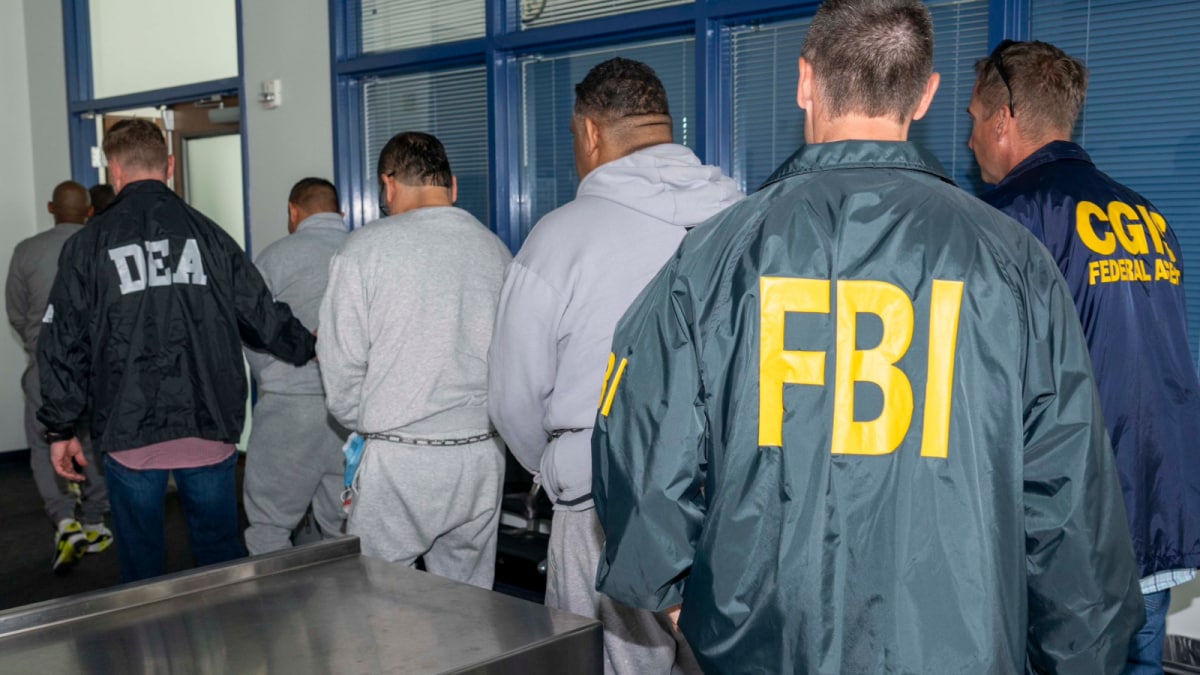
On April 13, 1978, FBI Assistant Director J. Wallace LaPrade appeared before a packed room of reporters inside the bureau’s city headquarters on East 69th Street and defiantly challenged Attorney General Griffin Bell to a nationally televised debate over the use of warrantless surveillance against terrorist groups.
Just days prior, the Department of Justice stunned the bureau, and the country, by announcing federal charges against former FBI Director L. Patrick Gray III and two of his top executives, including Associate Director W. Mark Felt, for allegedly conspiring to violate the civil rights of American citizens by sanctioning illegal wiretaps and break-ins during their hunt for members of the Weather Underground, a far left domestic terror group.
The charges struck LaPrade, who was named an unindicted co-conspirator, as a “political attempt to control the FBI.” So, he took the opportunity to call out President Carter and Bell to the national media.
“Is it proper to ask, ‘Will another political power in Washington desire to prosecute today’s actions five years from now?’” said LaPrade.
LaPrade’s defiant stand wouldn’t last for long. He was transferred to Washington DC and eventually fired from the bureau. In 1978, he was replaced by Neil Welch, a cocksure career G-man who vowed to rebuild the New York office “brick by brick,” even keeping a single brick on his desk for emphasis. He retired, on his own volition, from the bureau in 1980.
Nearly 50 years later, the FBI’s New York Field office, still the largest and most formidable of the bureau’s 55 field offices throughout the US, again finds itself feeling the lingering hangover from a political standoff with DC.
It’s been one month since Assistant Director James Dennehy, who rallied his men to “dig in” and push back at President Trump’s Department of Justice’s efforts to identify agents who worked the January 6th investigation via a mandatory 12-question survey, was forced into early retirement.
Yesterday, the FBI officially announced former Deputy Assistant Director in the Counterterrorism Division Christopher Raia as Mr. Dennehy’s successor. The Sun broke the news of Mr. Raia’s appointment last Friday.
Now, Assistant Director Raia, much like Mr. Welch long before him, finds himself inheriting an office that might be licking its wounds following a highly public defeat, in the shape of Mr. Dennehy’s departure, at the hands of the Justice Department.
Little is known about Mr. Raia, save for his handling of the investigation into the ISIS-inspired attack in New Orleans’ French Quarter in January, which he was forced to take over after the head of the bureau’s field office in the Big Easy misidentified the incident as “not a terrorist event.”
Unlike FBI Director Kash Patel and Deputy Director Dan Bongino, two media provocateurs who now lead the venerable yet beleaguered bureau with no prior FBI experience, Mr. Raia had spent his professional career in relative anonymity. His background is devoid of any ties to the MAGA movement that Mr. Patel and Mr. Bongino embrace.
What is known about Mr. Raia, according to those who’ve met him and worked with him, is that he is “the real deal” when it comes to being an FBI man.
“The guy is very self-disciplined and leads by example,” said retired Special Agent Michael Howell, who worked alongside Mr. Raia on an FBI SWAT protection detail in Texas for former Attorney General Alberto Gonzales in the mid-2010s.
“He’s not going to bring politics into anything,” Mr. Howell added.
“Brick by Brick”
The 1978 charges levied against bureau leaders Gray, who succeeded J. Edgar Hoover as acting FBI Director following Hoover’s death in 1972, Edward S. Miller, and Felt, who in 2005 would be outed as “Deep Throat,” the informant who shared details of President Nixon’s involvement in the Watergate scandal to the Washington Post, left the 1,300 FBI agents in New York feeling “disenchanted” and “stunned.”
LaPrade, a 27-year bureau veteran who served in the Navy during World War II, declined to cooperate with Bell’s federal investigation. When he refused to retire, per Bell’s suggestion, he was transferred to Washington and eventually fired.
On April 19, 1978, over 500 agents, supporters, and clerks staged a silent protest outside the U.S. District Court in Washington, DC, while Gray, Miller and Felt were being arraigned. The whole controversy left FBI agents wondering “what happened to their self-image as the elite investigative body in America,” said an unnamed U.S. attorney in a 1978 New York Times article.
Welch arrived in New York from the FBI’s Philadelphia office in August. In his introductory press conference, Welch, a hard-charging FBI lifer with no shortage of ambition or ego, pledged to restore morale within the New York office.
“I think morale is at its peak when agents are busy and working on good cases,” Welch said in 1978.
However, it was Welch’s vow to “take this office apart brick by brick and reassemble it” that irked an office that was in sore need of a morale boost.
“That went over like the proverbial lead balloon,” recalled former Special Agent in Charge of the FBI Brooklyn-Queens office Edwin J. Sharp, who worked with Mr. Welch in New York City in 1979.
“I think the New York office kind of sniggered at him,” said retired Supervisory Special Agent and counterintelligence historian Dr. Raymond Batvinis. “It’s very tough to come in and say, ‘I’m going to kick your ass’ to the largest office in the FBI,” he added.
In March, agents responded to Mr. Dennehy’s forced ouster following his tête-à-tête with Justice official Emil Bove, a former criminal defense attorney for Mr. Trump who was then acting deputy attorney general, not with protests at a federal courthouse but with a celebratory sendoff at 26 Federal Plaza, complete with bagpipe players and hundreds of applauding FBI employees.
Mr. Raia has yet to address the media on his recent promotion. Both he and FBI officials declined to comment to the Sun. But the chances of him taking a page, or a brick, out of Welch’s playbook are slim to none.
In January, Mr. Raia earned national attention for commanding the investigation into the deadly attack in New Orleans when Shamsud-Din Bahar Jabbar, a 42-year-old Army veteran, drove a rental pickup truck into a crowd of New Year’s Eve revelers, killing 14 people.
Mr. Howell believes that it was Mr. Raia’s handling of the investigation and his regular press briefings that got him on the radar of Messrs. Patel and Bongino.
“He’s going to lead by example. He’s going to let people work, and he’s going to work really well with others, as his liaison skills are incredible,” said Mr. Howell, now an Associate Professor of the Practice in the Department of International Affairs at Texas A&M University.
“He’s the best man for the job,” he added.






